The classification criteria for fibromyalgia have changed over time, affecting its definition from a “peripheral pain-defined disease” to a “systemic symptom-based disease.” Indeed, the ACR-2010…
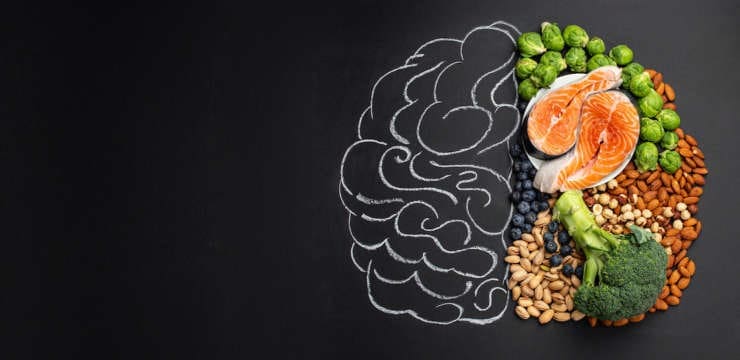

The classification criteria for fibromyalgia have changed over time, affecting its definition from a “peripheral pain-defined disease” to a “systemic symptom-based disease.” Indeed, the ACR-2010…

Thermogenesis and metabolic homeostasis work hand in hand, thanks to BAT’s proper function. Indeed, BAT can metabolize nutrients, such as glucose and fatty acids, and…
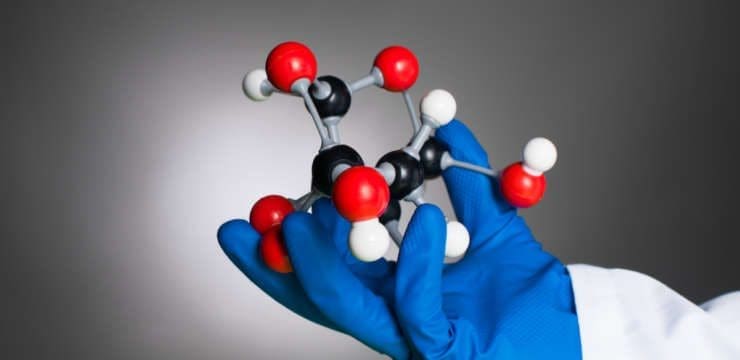
The current urge to treat proinflammatory conditions such as the Covid-19 induced cytokine storm has positioned mitochondrial function in the central stage of scientific research.…

As humans, we are constantly exposed to oxidative stress, mainly due to how we produce energy. For us, to live is to be in a…

The link between the nociceptive muscular pain and weakness with mitochondrial function is tied with its capacity to produce energy in the form of ATP…

Over the last decade, we have seen a growth in the Elderly population. A broad set of socioeconomic and biochemical challenges are included in the…

Aging by definition is a “cascade of robustness breakdown triggered by a decrease in systemic NAD+ biosynthesis and the resultant functional defects in susceptible organs…
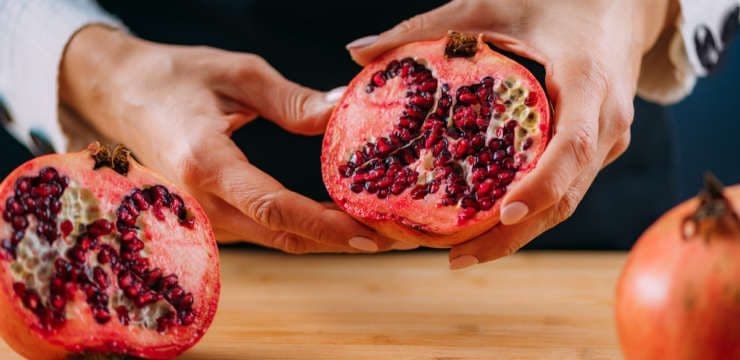
Degenerative diseases, specifically those that affect joints and muscle, produce detrimental effects on movement, agility, strength, and quality of life. Numerous nutritional and strength exercise…
Gut microbiota has a wide variety of metabolic activities. I would like to rephrase that, more than activities, they are responsibilities. Nowadays, we know that…

The cytokine storm present in COVID-19 in obese patients (and normal-weight patients) develops acute respiratory distress syndrome (ARDS). This syndrome is characterized by a severe…
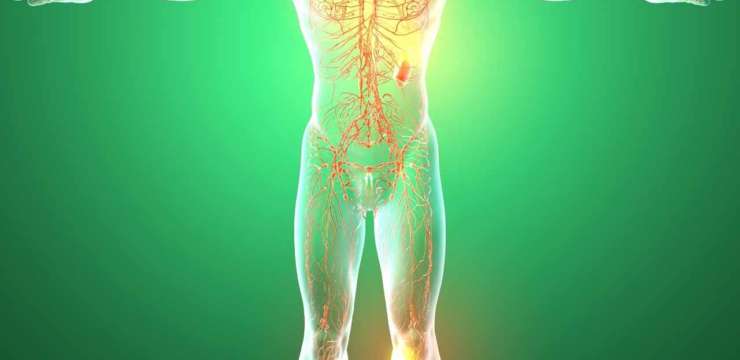
Tissues
The human body is composed of many tissues. Each organ in the body can be broken down into tissues. Tissues are sorted based on their basic functions. These include:
Epithelial Tissue
Connective TissueÂ
Muscle Tissue
Nerves Tissue
Muscle Tissue
Out of these tissue types, the only tissue that contracts is muscle. Muscle tissue is further broken down into skeletal, cardiac, and smooth. These tissues are contracted when stimulated.Â
Connective Tissue
Connective tissue has three types as well. Connective tissue proper, fluid connective tissue, and supporting connective tissue. However, all three of these connective tissue types are made up of the same components. They all include specialized cells, protein fibers, and ground substances.Â
The differences between these tissues can be seen in what subdivides them. For example, the fluid connective tissue is subdivided into blood and lymph, whereas supporting connective tissue can be divided into cartilage and bone. Lastly, connective tissue proper is divided into loose connective tissue and dense connective tissue.Â
The substance that connective tissue is composed of is a clear fluid. This fluid has a similar consistency to maple syrup but is clear and odorless. Its primary function is to fill the spaces between the cells and surround all fibers.Â
Loose and Dense Connective TissueÂ
The loose connective tissue binds many structures together. Loose connective tissue allows mobility. Dense connective tissue forms collagen that is strong and flexible. These fibers form branching frameworks for the rest of the body. With the fibers being parallel to each other and very tightly packed, there are forces applied to the issue. Dense connective tissue is responsible for forming tendons, ligaments, capsules of organs, and fascia.Â
Fascia
Fascia varies as its function is primarily based on location. Fascia forms individual muscle fibers and the portions between muscles. These sheets can be thin or thick. Fascia is flexible and can stretch. Fascia lies under the skin, and deep fascia lies overs the muscles. Therefore, it is important that we move fascia frequently. Over time, if we are not stretching, the fascia will become tighter and tighter and eventually restrict movement. Fascia is in every cell, tissue, and organ.Â
When fascia is functioning properly, it has a positive impact on the autonomic and central nervous systems. However, when it is impacted by poor posture, inflammation, or trauma, the fascia can become distorted and apply abnormal pressure to areas of the body.Â
Phase AngleÂ
When focusing on the orthomolecular science of the body, we see how important tissue is. Fascia surrounds every cell, which can help determine cellular health. The phase angle is a snapshot at cellular health where we are able to see how healthy and strong an individual’s cells are. We want patients’ phase angles to be as close to a seven as possible. With a low phase angle (closer to 3 and 4), we see weakness in the cell. Below is a video that helps describes phase angle in more detail:Â
[embedyt] www.youtube.com/watch?v=WwbIsPNUYqs%5B/embedyt%5D
IT IS IMPORTANT TO HAVE HEALTHY CELLS AND HEALTHY TISSUE. WITH THE USE OF THE INBODY 770, WE ARE ABLE TO ASSESS PATIENTS’ MUSCLE MASS, BODY FAT MASS, AND PHASE ANGLE. THE INBODY IS NOT JUST FOR PATIENTS WHO ARE WORRIED ABOUT MUSCLE MASS BUT FOR EACH INDIVIDUAL WE SEE. IT PROVIDES IMPORTANT MARKERS EVERYONE SHOULD BE AWARE OF. -KENNA VAUGHN, ACSM-EP, SENIOR HEALTH COACH
References:Â
Grisanti, Ron, and Brad Hayes, DC  FDMT580G Myofascial Disruption Technique. Functional Medicine University, www.functionalmedicineuniversity.com/members/598.cfm. Â
Additional Online Links & Resources (Available 24/7)Â Â
Â
Online Appointments or Consultations:  https://bit.ly/Book-Online-Appointment Â
Â
Online Physical Injury / Accident Intake Form: https://bit.ly/Fill-Out-Your-Online-History Â
Â
Online Functional Medicine Assessment:Â https://bit.ly/functionmed

Immunonutrition therapy application is varied, ranging from severely ill patients, perioperative immunonutrition, athletic enhancement, and more recently in the COVID- 19 patients. However, the underlying…

This current year, we are still dealing with two global pandemics: obesity and, despite the new hope that vaccination brings, COVID-19. Previous literature has reported…

Physical exercise has a powerful effect on our bodies. Most of the exercise benefits can be measurable such as body composition modification and physical endurance.…

Nutritional assessment is a critical step that inpatients have to go through before undergoing surgery. Unfortunately, even with the obesity pandemic, most patients fall into…
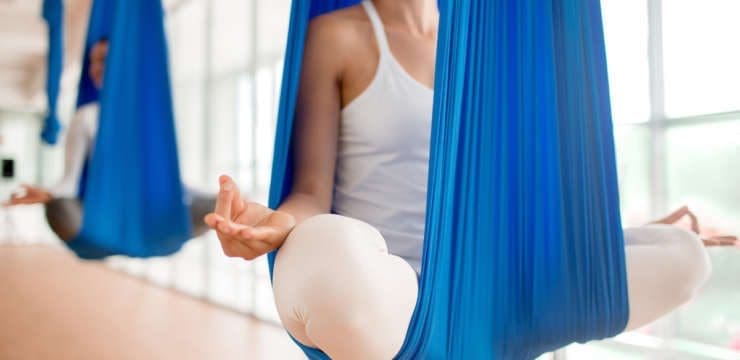
Obesity is an impactful disease favored by multiple factors with no signs of abating. Despite massive health campaigns and multiple dietary, surgical and pharmacological options…
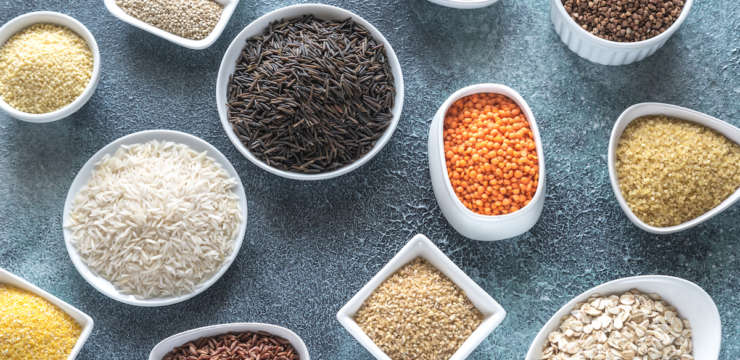
Food sensitivities reflect gastrointestinal issues such as diarrhea, constipation, bloating, and overall discomfort. Additionally, multiple other symptoms like headache, wheezing, brain fog, depression, and even…